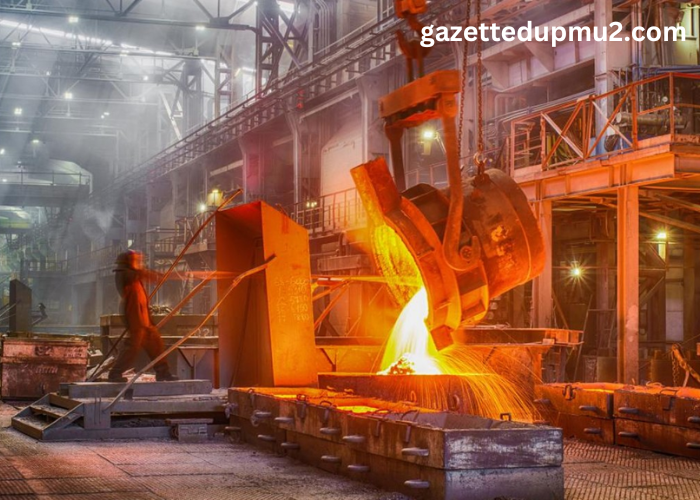Casting stainless steel is a vital process in metalworking. It allows manufacturers to create complex shapes and parts efficiently.
From construction to automotive applications, stainless steel castings are everywhere. There are many methods of casting stainless steel, each offering unique advantages. Understanding these methods can help you choose the right one for your projects.
In this blog post, we’ll explore these techniques. You’ll learn about their processes, benefits, and best uses. Read on to learn more.
Green Sand Molding
Green sand molding is a common method in casting stainless steel. It uses a mixture of sand, clay, and water. This mixture is shaped around a pattern to create a mold.
Once the mold is ready, liquid metal is poured into it. The mold holds its shape while the metal cools and hardens. This method is popular for foundry supply production due to its cost-effectiveness and efficiency.
Shell Molding
Shell molding or shell casting is another effective method for casting stainless steel. This technique uses a thin shell made of sand and resin. The shell is heated, which helps it bond together and create a strong mold.
Once the shell is formed, it is ready for pouring. Liquid metal is poured into the shell mold. After cooling, the shell can be easily removed, revealing a precise part. This method is known for its smooth finish and accurate dimensions.
Investment Casting
Investment casting is a precise method for casting stainless steel. This technique involves making a wax pattern and coating it with a ceramic shell. Once the shell hardens, the wax is melted away, leaving a cavity for the molten metal.
Next, liquid stainless steel is poured into the cavity. After cooling, the shell is removed to reveal the finished part. For more detailed insights into investment casting, check out this stainless steel casting company for expert guidance and solutions tailored to your specific requirements.
Centrifugal Casting
Centrifugal casting is a method used to create stainless steel parts. This process involves pouring molten metal into a rotating mold. The spin of the mold forces the metal to the outer edges, forming a dense part.
This technique is great for producing cylindrical shapes. It allows for uniform material distribution and excellent strength. Centrifugal casting is often used in pipes, tubes, and fittings due to its efficiency and reliability.
Continuous Casting
Continuous casting is a popular method for producing stainless steel. In this process, molten metal is poured into a water-cooled mold. The metal solidifies as it moves through the mold, creating a long metal shape.
This method is efficient and reduces waste. This allows for a steady flow of material. Continuous casting is often used for mass production in industries like construction and manufacturing.
Wrapping Up: The Future of Casting Stainless Steel in Manufacturing
In conclusion, casting stainless steel is crucial for many industries. The methods discussed each have unique benefits. Whether it’s green sand molding or investment casting, these techniques ensure efficiency and precision.
As technology advances, we can expect improvements in these processes. This will enhance the quality of parts produced and reduce costs. Embracing these innovations will support the future demands of manufacturing and keep businesses competitive in the market.
Did you find this article helpful? Visit more of our blogs!





